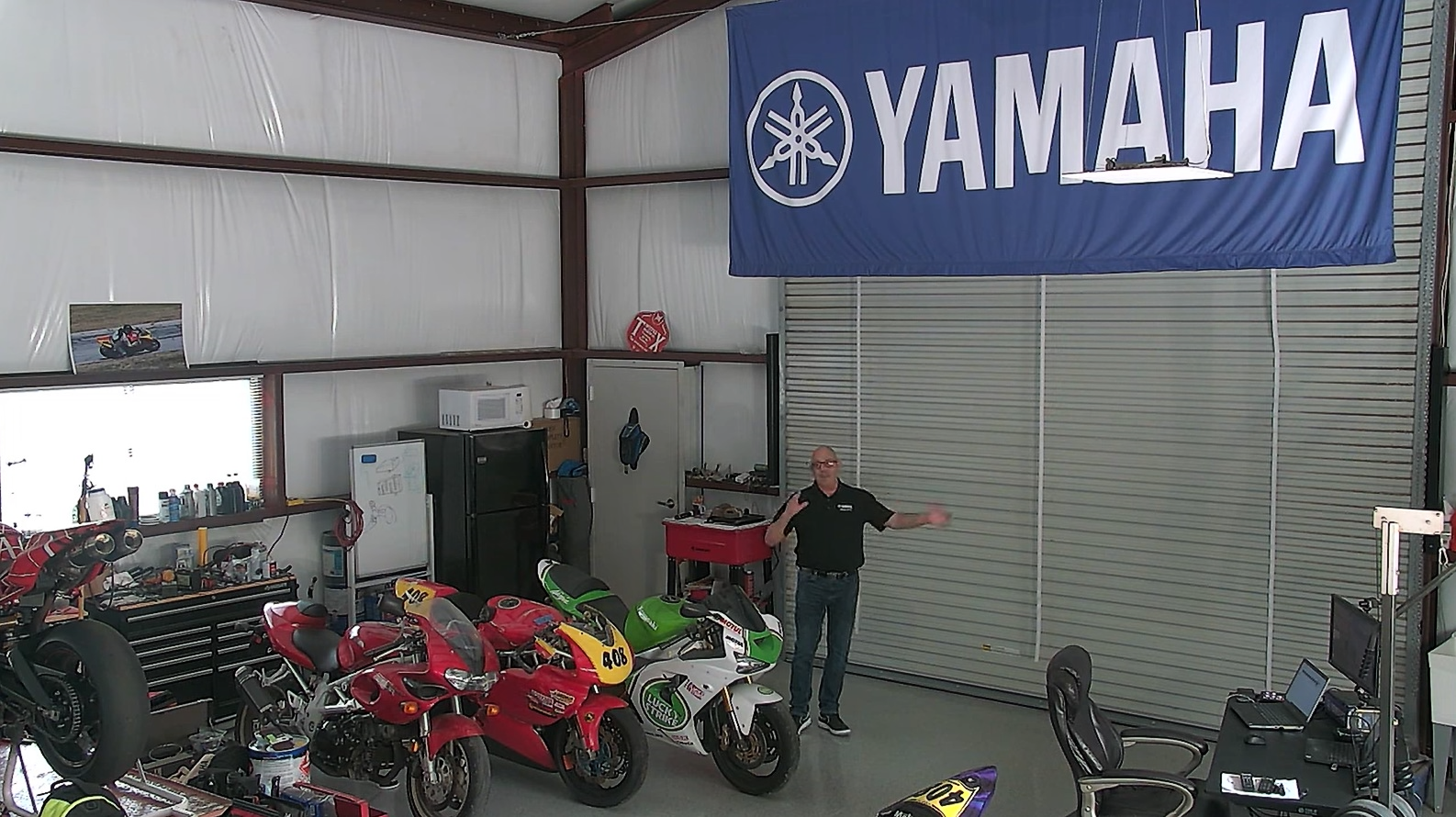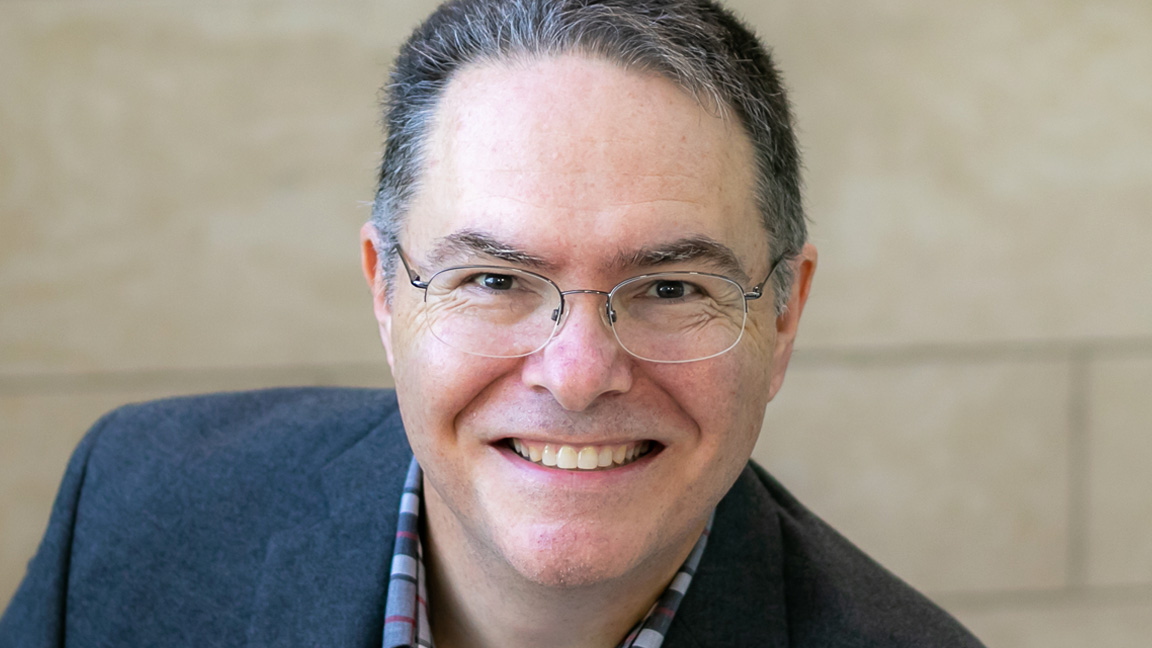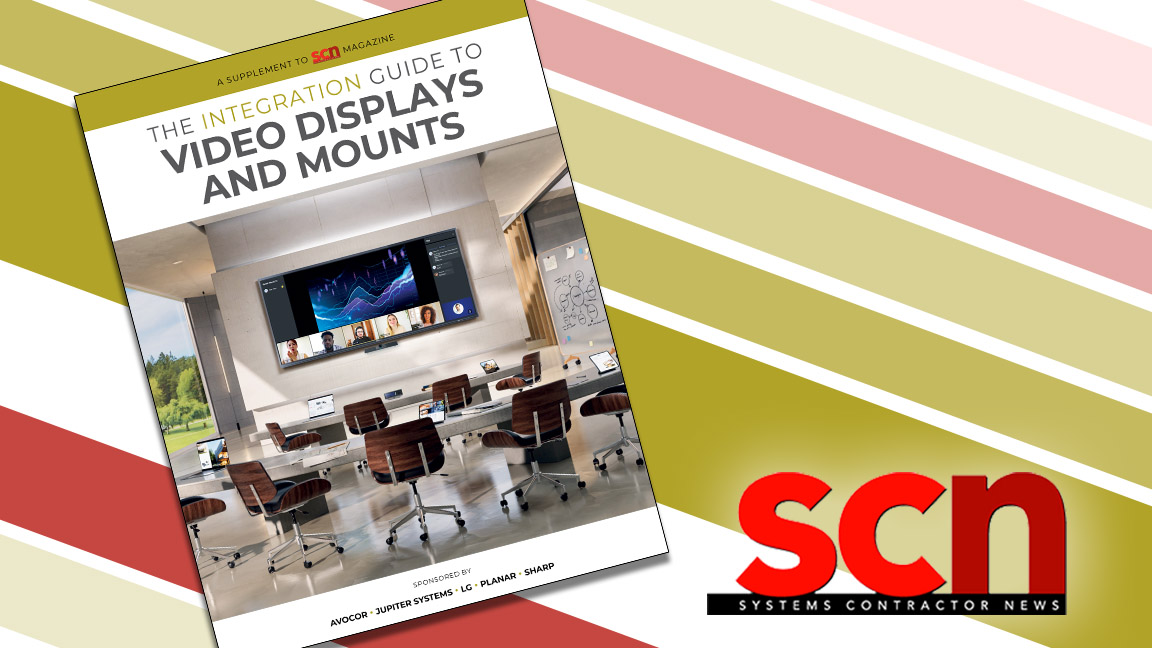Executive Q&A: Clarity in Collaboration
With demos from his garage, Timothy Mackie, motorcycle enthusiast and senior field systems engineer, makes the case for Yamaha UC solutions.

SCN: How long have you been with this company, and what are your responsibilities?
Timothy Mackie: In September 2013, I joined a wireless microphone manufacturer called RevoLabs. That company was then acquired by Yamaha in 2014. Yamaha Unified Communications was born out of that acquisition. As senior field systems engineer, I am responsible for design support, technical sales training, and product demonstrations. I work closely with our distributors, dealers, and integrators to make sure they fully understand our solutions. I also perform live remote and in-person dealer and end user product sales demonstrations, and forge relationships with industry consultants and system architects to keep them fully aware of the latest Yamaha UC advanced technologies and our competitive advantages.
[Executive Q&A: Now Hear This]

SCN: How has your background prepared you for your role?
TM: Having a background in both Ethernet network design as well as AV systems has been highly beneficial, as conferencing AV systems are shifting from analog or analog and digital combinations to full digital solutions. I started in the AV industry in 1984 working for a high-end AV retailer and car stereo shop in Silicon Valley. That was an amazing learning experience and where I learned basic audio principles and practical applications of acoustics.
[Building Industry Association of San Diego County Relies on Yamaha UC]
Fast forward many years and I was working in IT as an Ethernet network engineer. I was consulting for an AV-over-IP company in Austin, TX, called NetStreams. I was designing Ethernet networks utilizing IGMP multicasting for transmitting raw 720p video streams for large customer installations like casinos, event centers, and stadiums.
A daily selection of the top stories for AV integrators, resellers and consultants. Sign up below.
SCN: On YouTube, I saw you turned your motorcycle garage into a microphone demo area. What made you think of that, and how is it working for you?

TM: The pandemic forced us to think outside of the box regarding customer product demos, inspiring me to turn my garage into a microphone demo area. It has worked well beyond expectations. Being able to demonstrate the audio performance on the far end, which is critical to conferencing, has been paramount. In many regards, it has been more powerful than bringing the product on site. Virtual demos allow our customers to hear how they would sound with Yamaha’s microphones: clear, uninterrupted, and echo-free. Interacting with so many customers using multiple cameras and viewing angles within my shop has also been a lot of fun.
SCN: Unified communication seems to be a big push for Yamaha. What are the essential features you need in a collaborative system for a professional workspace?
TM: You need good microphone and speaker playback coverage for all participants with clear, highly intelligible audio for both far-end and local in-room participants. Excellent processing with dynamic echo cancellation and active dereverberation is an absolute must for today’s conference rooms and meeting areas. Familiarity and ease of use from room to room or environment to environment is the key to comfortable, fast setup, productive meetings. Yamaha does all of this with a high level of automation and years of advanced audio processing know-how. This facilitates easy expandability and flexibility of our systems, which results in excellent future proofing and ROI for our end customers.
[SCN Hybrid World: 11 Speakerphones for Today's Workspace]
SCN: So, what’s the better choice, a tabletop microphone or ceiling-mounted microphone?
Excellent processing with dynamic echo cancellation and active dereverberation is an absolute must for today’s conference rooms and meeting areas.
TM: The closer you can get a microphone to a participant the better. This is always true; however, each microphone type has its own benefits and applications. Dynamic multi-beamforming ceiling microphones are an excellent choice for training rooms, classrooms, and larger environments where cost-effective coverage of large numbers of participants is needed and changing seating arrangements are in play. A combination of tabletop and ceiling microphones is advantageous in many applications as well. DECT wireless microphone systems are amazing and always feature in designs where there just can’t be any wires at all. The choice comes down to each individual application—and helping our customers sort out these decisions is a big part of my job.
SCN: How does a speech privacy system work, and who should integrators be targeting for potential installations?
TM: Speech privacy, while similar to sound masking, features advanced technology and a more surgically installed application, meaning that it can be targeted at either large or specific areas. Utilizing Yamaha’s unique Info-Masking technology, made from elements of the human voice, combined with natural sounds rather than engineered noise, it achieves the same result as traditional sound masking at a lower overall sound level. This is a huge deal for those folks who work in these environments.
Integrators should be targeting a variety of end users in addition to the traditional commercial customers, such as healthcare facilities, traditional office areas, lobbies, and open collaboration spaces. There are also non-traditional facilities like airline clubs, auto dealerships, or anywhere with sensitive sales conversations taking place. The applications of this technology are far beyond the traditional markets.
SCN: What Yamaha UC product is your favorite?

TM: The ADECIA ceiling solution for sure, featuring the RM-CG Dante-enabled ceiling microphone and dynamic multi-beam tracking technology. The distributed architecture and intelligent processing mean that users no longer need to use a traditional digital signal processor (DSP). Simply select the microphones for your room or space and pair it with the RM-CR controller for echo-free, crystal-clear audio. For over 90% of today’s rooms and spaces out there, you no longer need a traditional DSP. With ADECIA solutions, once everything is plugged into the Ethernet switch and the switch is powered up, you are just a handful of clicks from world-class audio and your first videoconference meeting.
SCN: What makes Yamaha UC products different from other UC products?
TM: Yamaha is unique in the level of automation we are bringing to the UC space. Yamaha leads the way with artificial intelligence in audio processing and advanced algorithms. Our ADECIA solutions are true 100% power-over-Ethernet, which means just a single cable type for everything—and it leverages existing Ethernet infrastructures. The auto-routing, auto-tuning, and intelligent intuitive interface allows the technicians that are mounting the equipment to achieve world-class audio before they move to the next room. The mixing, tuning, and configuring is all done within the system with a few simple mouse clicks. The game has changed.
SCN: What are the short and long-term goals for your company?
TM: Yamaha’s short-term goals include continuing to help companies create attractive offices and educational environments that draw people in. In 2023, we’ll be announcing new hardware, releasing upgraded firmware and user interface improvements of existing products, and expanding our partnerships. Long term, we plan to continue saturating the AV market as a trusted audio manufacturer, advocating for the importance of clear intelligible audio in conferencing and collaboration.
SCN: Where do you see the UC industry headed?
TM: Overall, the UC industry is becoming increasingly consumer friendly. Control interfaces will be designed to look and feel like products consumers use regularly, driven by the market demand. Technology will become standardized across rooms, facilities, and campuses. There will also be a greater trend to BYOD options and more USB-C connectivity.

Mark J. Pescatore, Ph.D., has been the content director of Systems Contractor News since 2021. During his career, he's hosted and programmed two ongoing regional industry trade shows (including Future B2B's AV/IT Summit), produced and hosted podcasts and webinars focused on the professional video marketplace, taught more than a dozen college communication courses, co-authored the book Working with HDV, and co-edited two editions of The Guide to Digital Television.
